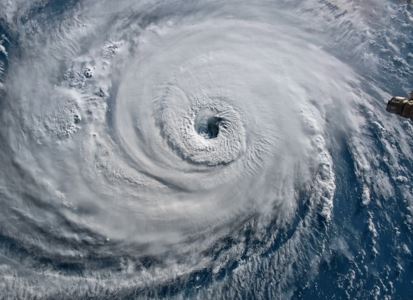When your home sustains serious damage, either as a result of a natural disaster, a fire, or another type of accident, you’ll more than likely turn to your home insurance for help with getting it restored back to normal. This is exactly what home insurance is for: when the unexpected or accidental happens, home insurance is there to help you fix the damage, replace your lost belongings, and even help you find a place you can stay until your home is fixed.
However, home insurance claims can be tedious and insurance companies will often look to skirt some of their financial responsibility if possible. This is why it’s extremely important to make sure you’re prepared when submitting a claim and you have the right information to support you throughout the process. Here are five things you should make sure you gather and prepare to submit to your insurance company along with your claim to ensure a faster and easier process.
A List of Damaged Areas to Your Home
The first thing your insurance will want to know is what kind of damage happened to your home. Of course, they will be sending adjustors out to your home to inspect the damaged areas, but you’ll need to tell them what’s damaged first. Most insurance companies will consider anything unreported as separate from the damage caused by your disaster, and thus they won’t cover the cost to repair it. Be thorough, be detailed, and complete when it comes to reporting what parts of your home have sustained damage, even if you’re not sure if the damage you sustain is directly related to the incident you’re dealing with.
A List of Damaged Possessions
Your home insurance does so much more than just fix your damaged home: it also fixes or replaces your possessions that are damaged as a result of your incident as well. Did a flood ruin your TV and a lot of your furniture? Insurance will replace them. Damaged rug? Your insurance will either pay to have your rug cleaned and restored or to have it replaced completely. However, they need an itemized list of what has been damaged, how it has been damaged, and how much that item is worth. This is perhaps the most difficult thing to get together as a part of your claim, especially if a large portion of your home has sustained serious damage. Be specific with this list: don’t just say “flat-screen TV”—give the brand name, the model number (if possible) and the original price you paid to purchase the item. You want to make sure you receive the full value of the item to replace it.
Photos of Damaged Areas
Next, you’ll want to document what your home looks like as a result of your sustained damage. They say “a picture is worth a thousand words,” so taking plenty of pictures should provide plenty of evidence to support your claim regarding how your home was damaged and what needs repairing. In addition to submitting these photos with your insurance claim, keep them for your records as well. You’ll want to be able to refer back to these pictures should anything go wrong with your home afterward if you need to talk to your insurance company or a service provider in the event something isn’t fixed properly or fails shortly after being repaired.
A List of Repairs Already Completed
Insurance claims take time, there’s no question about that. However, sometimes you don’t necessarily have the luxury of time. In some cases, leaving an issue unresolved or unrepaired can lead to even more serious damage to your home that could have otherwise been prevented, and in these instances you should actually do what you can to repair your home ahead of time or stop the damage from occurring. However, you will want to tell your insurance company you have already done this when filing your claim. Make sure to make a note of what you’ve done, take pictures both before and after if possible, and gather an itemized receipt for anything you purchased in order to make this repair.
The Name & Contact Info of Service Providers Already in Use
Finally, a quick response is a great way to make your restoration project easier and quicker. However, this may involve getting professional service providers into your home quickly. In the case of water damage restoration or mold remediation professionals, the faster you can get started with your service, the better. This usually means calling as soon as you’re done with your first conversation with your insurance company. Giving your insurance company the information of the restoration team you’re working with can often help them work with the company directly and take away some of the hassle you might otherwise have to worry about.
Whether you’re looking for fire and smoke or water and mold damage restoration and remediation services, turn to the pros from FP Property Restoration! Dial (888) 408-2335 now for the help you need with recovering your home after a disaster.


